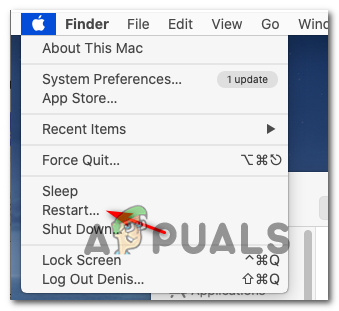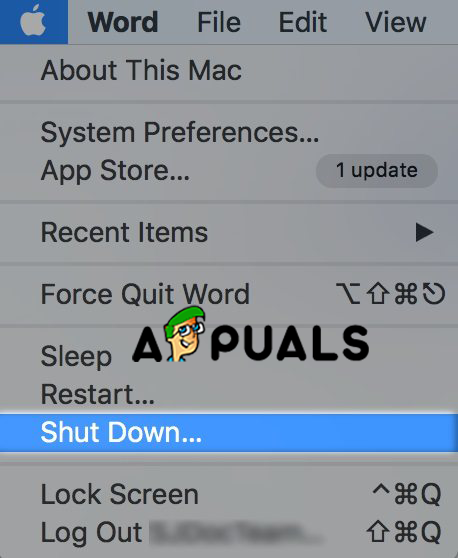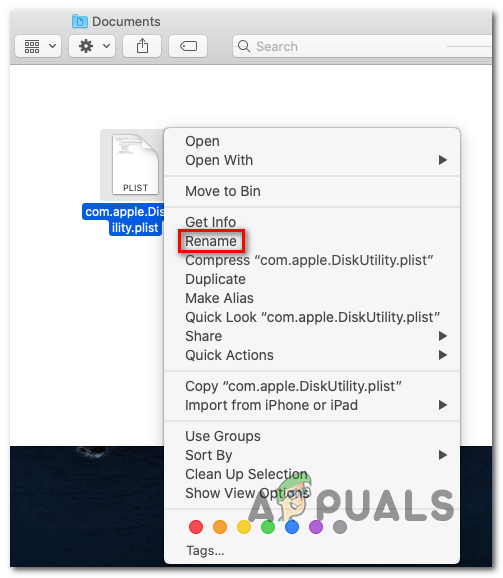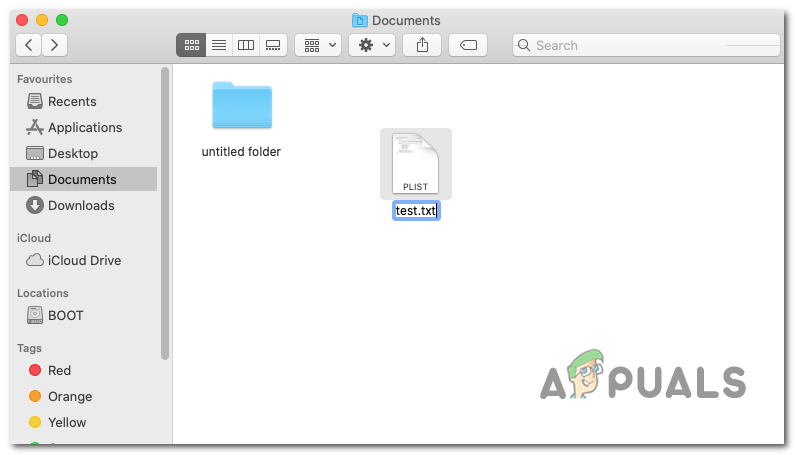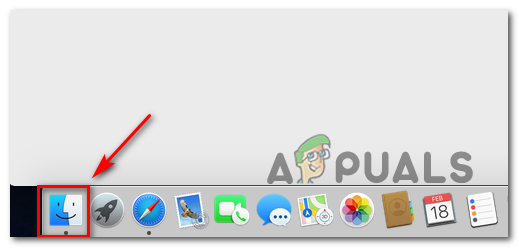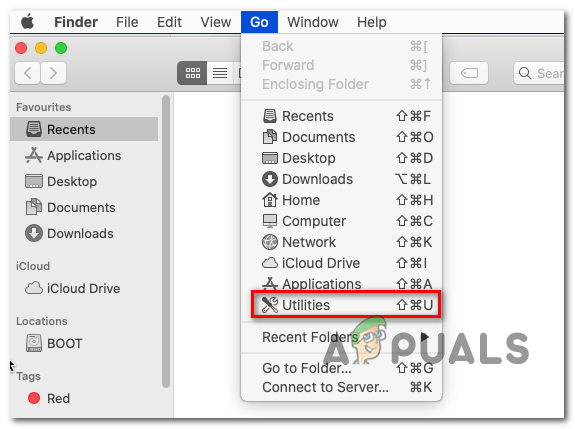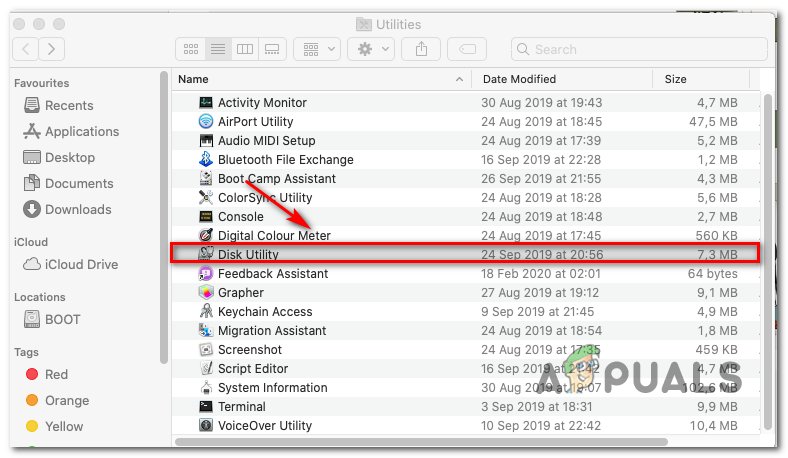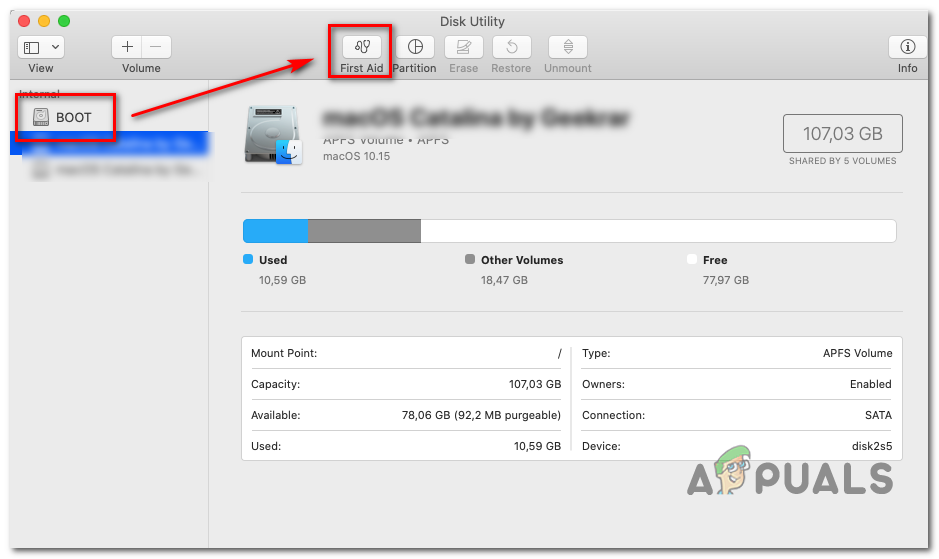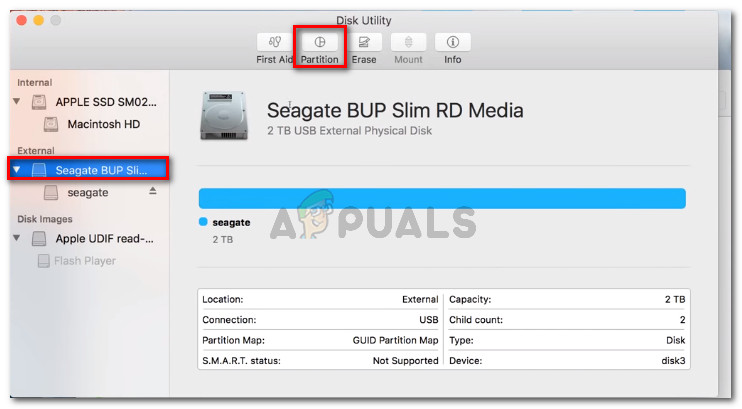As it turns out, there are several different scenarios that might contribute to the apparition of this issue:
Rebooting your Mac computer
Before trying any of the more advanced fixes that we featured below, you should start with a simple reboot. In case the Mac Error Code -50 is caused by a file that’s stuck in a limbo state, rebooting your machine will clear the temporary memory which will also end up fixing this issue. To reboot your Mac computer, you can simply press the power button and select the Restart button once the prompt appears. Additionally, you can click on the Apple icon (top-left corner) and click on Restart from the newly appeared context menu. Note: If you’re a shortcut kind of guy, you can force a restart by pressing Control + Command + Eject/Power button. After you restart, wait for the next startup to complete and see if the issue is resolved once your Mac computer boots back up. In case you still have the same problem, move down to the next potential fix below.
Performing a Power Cycle Procedure
If a reboot didn’t do the trick for you, it’s very likely that you’re dealing with some type of persisting temp file that will not get removed conventionally. If this scenario is applicable, your best chance at fixing the issue is to force a power-cycling procedure – This operation will force the OS to do a complete temp file sweep, resolving the vast majority of temp-related issues. Several affected users have confirmed that this operation was the only thing that allowed them to resolve the Mac Error Code -50 and copy files from and on external drive files. To perform a power cycle on your Mac computer, follow the instructions below: In case you’re still seeing the Mac Error Code -50, move down to the next potential fix below.
Renaming the File
As it turns out, in some cases, the Mac Error Code -50 is actually caused by a name or extension issue (most likely facilitated by a registry value that conflicts with the data shown by the Finder app. Some users that were facing the same issue have confirmed that they were able to fix the issue by renaming the file, changing the extension of the file, and then moving it. In case the moving part is successful, you can simply rename the file again, set the original extension and the problem is fixed. This fix is effective in those situations where the metadata of the file is actually responsible for this particular issue. To rename a file and change its extension in order to move it, follow the instructions below: In case this method is not applicable to your particular scenario, move down to the next potential fix below.
Resetting NVRAM and PRAM
If the operations above didn’t allow you to fix the Mac Error Code -50, the issue in your case is most likely rooted in NVRAM (Non-Volatile Random-Access Memory) or PRAM (Parameter RAM). Your MAC uses NVRAM to store certain settings and access them quickly while PRAM is used to store mostly Kernel Information. However, similar to regular RAM, both PRAM and NVRAM are prone to storing information that might cause an issue with some core components of your MAC. If this scenario applies to you, you should be able to fix the issue by resetting both the PRAM and the NVRAM. If you don’t know how to do this, follow the instructions below: In case you’re still encountering the same problem, move down to the next potential fix below.
Running First Aid in Disk Utility
In case you are encountering this problem when trying to copy media on or from an external space like an external HDD or flash disk, you might be dealing with corrupted files that are preventing this operation from completing. Some user that was facing the same problem has confirmed that they were able to resolve this issue by running the First Aid feature of Disk Utility on both the external drive and the OS drive. To run the First Aid feature of Disk Utility, follow the instructions below: In case the same problem is still occurring, move down to the next method below
Formatting drive to FAT 32
Another fairly common culprit that might facilitate the apparition of the Mac Error Code -50 is an incompatible file type used for the portable storage device used when trying to copy or move data. In most reported cases, this problem will occur due to the fact that the flash drive / HDD / SSD is formated to NTFS. Since OS X will not work with NTFS, you’ll need to format the external drive to FAT 32. A lot of affected users have confirmed that this operation was the only thing that resolved this issue. IMPORTANT: Disk formatting will end up deleting any information stored on that drive. If you don’t want to lose that data, connect it to a different device, and create a backup before initiating this procedure. When you are prepared to change the format type of your external drive to FAT 32, follow the instructions below:
How to Fix Mac Stuck on Setting Up Your MacHow to Fix Outlook Mac Error Code 3253Microsoft Teams Error Code 500 on PC, Mac and Chrome (Solutions)How to Fix Error Code Netflix Error Code TVQ-ST-131

